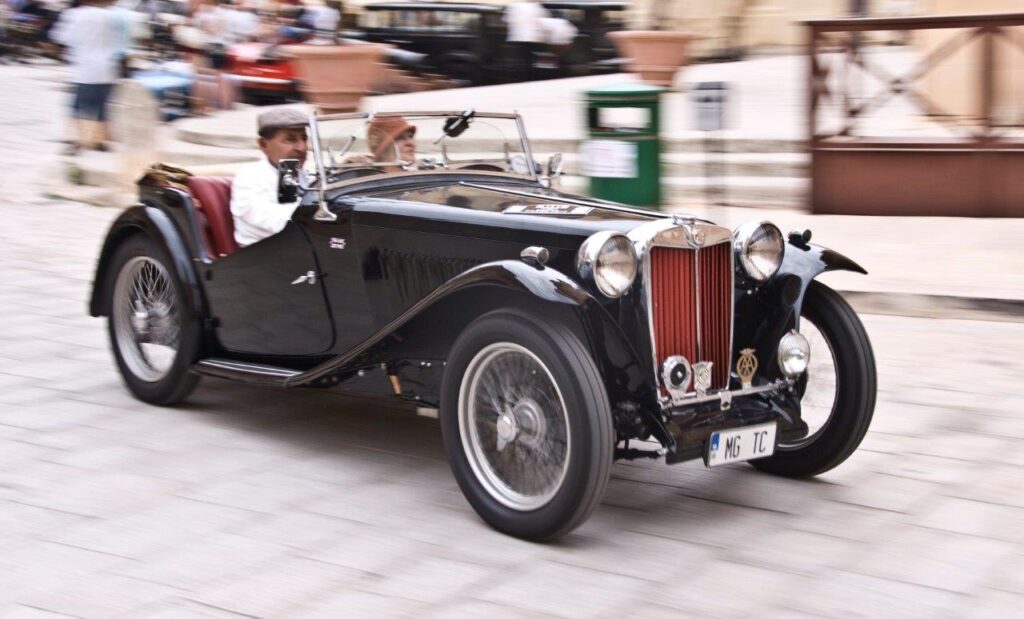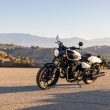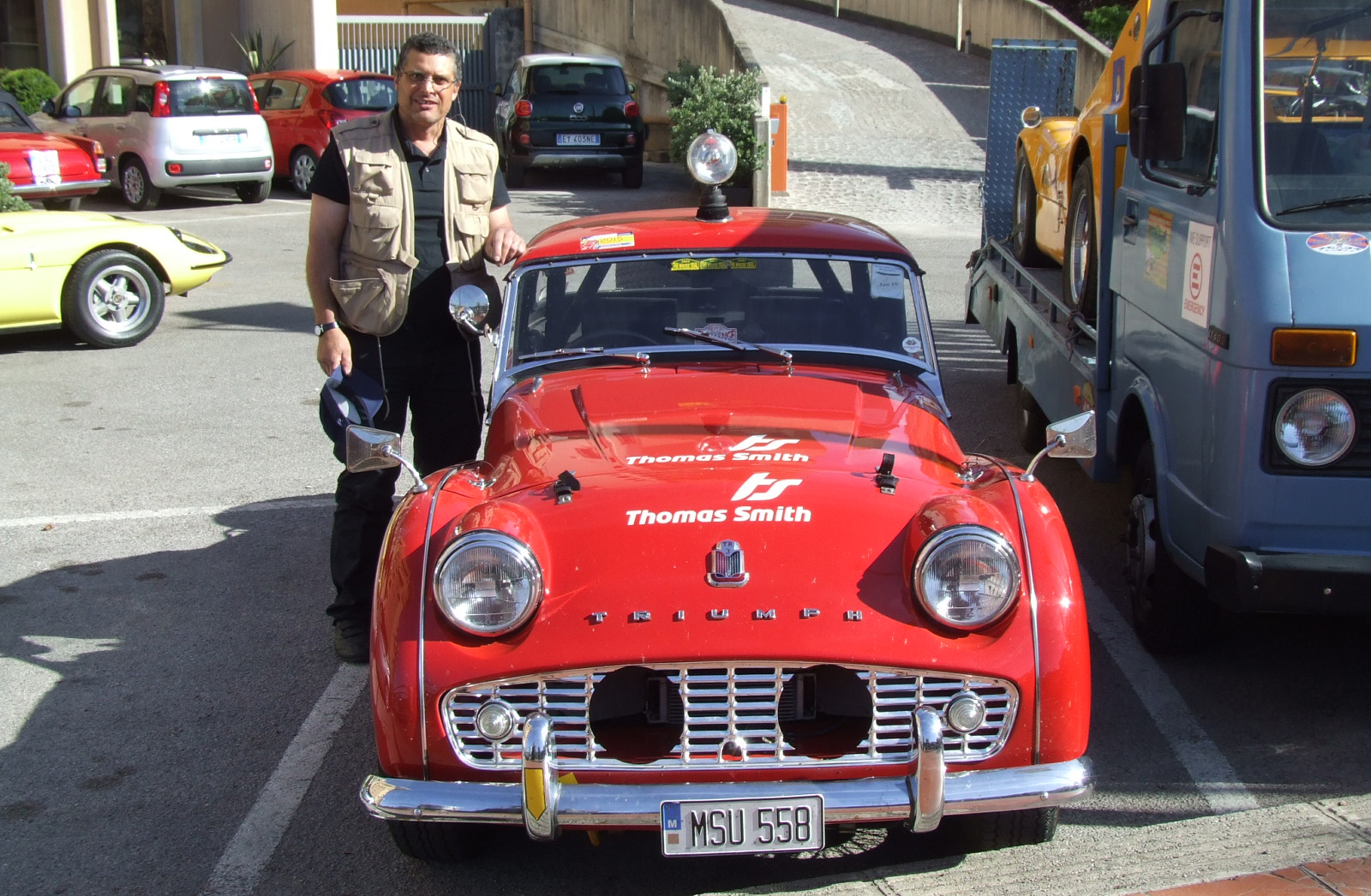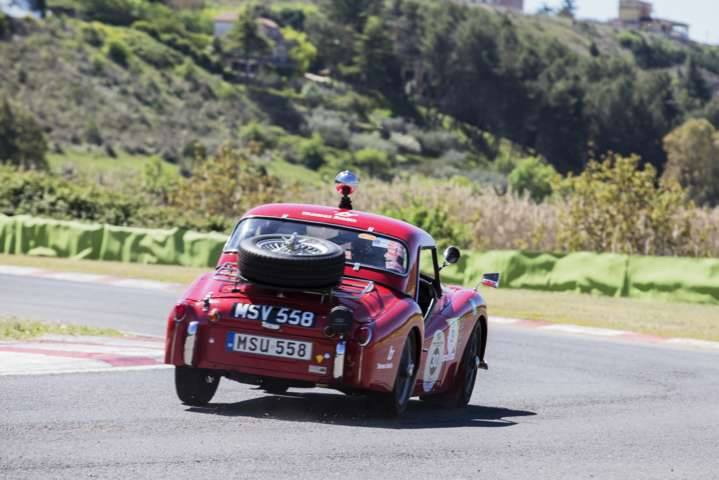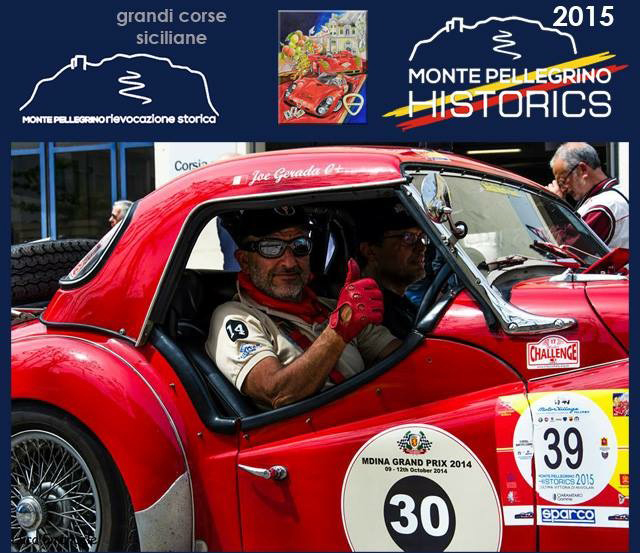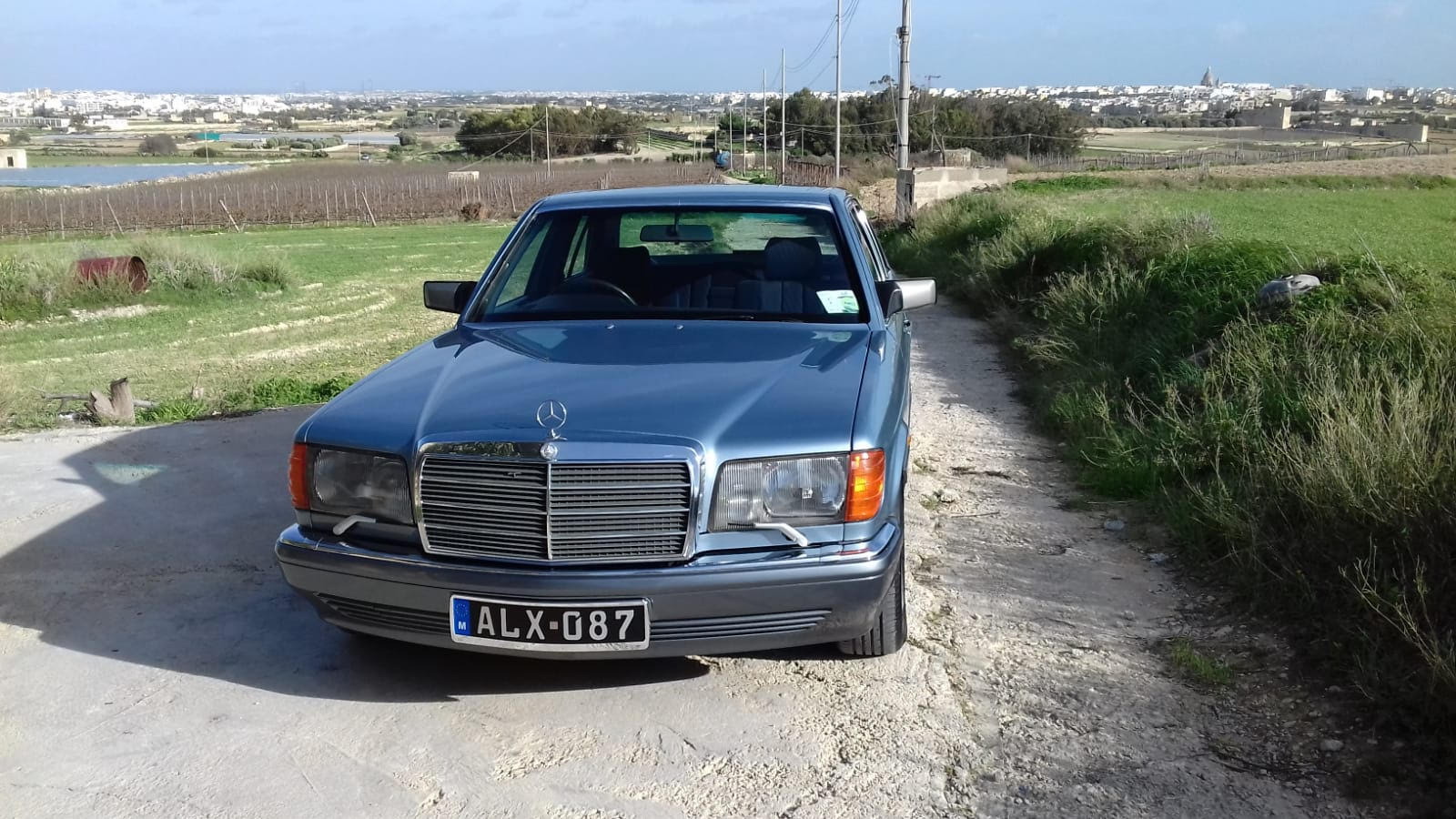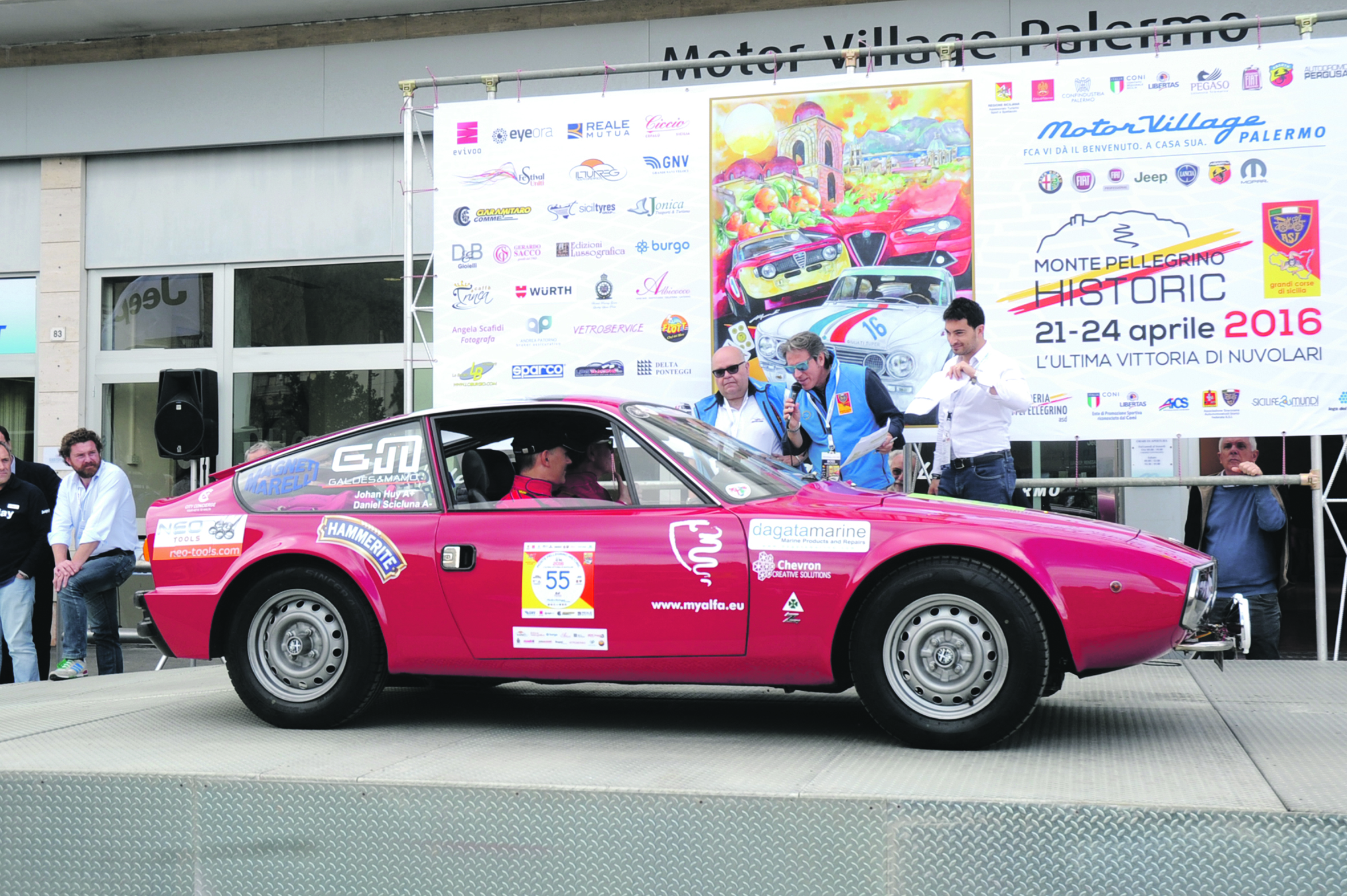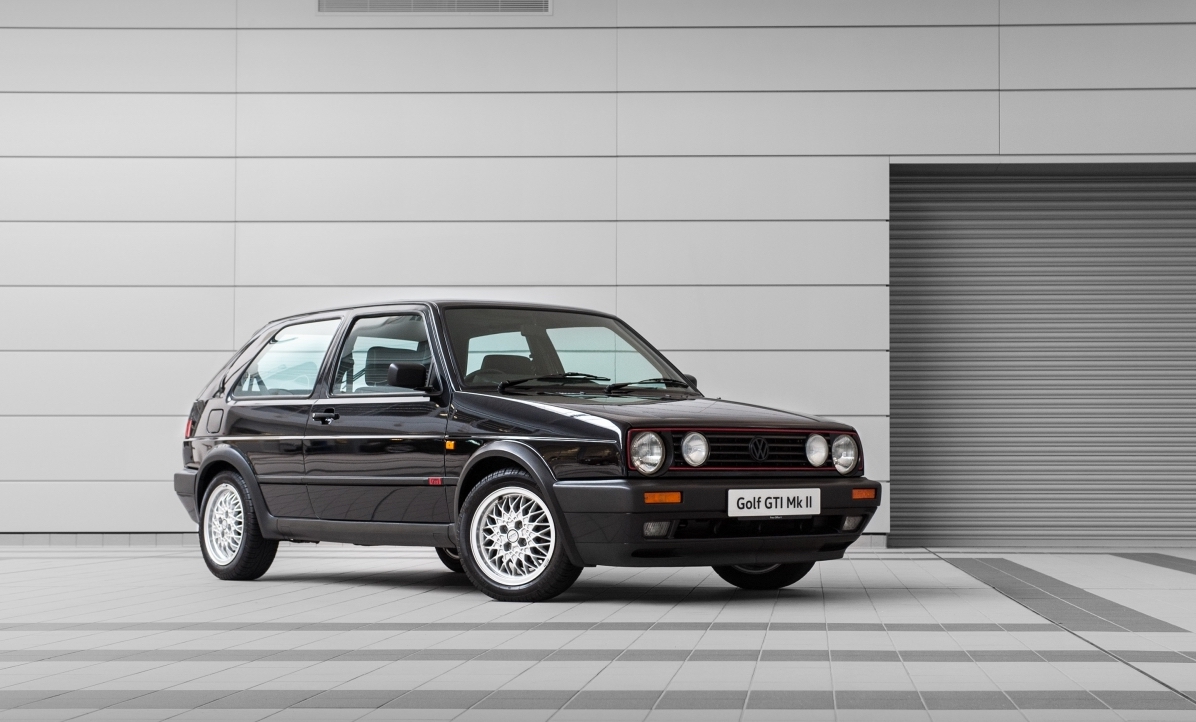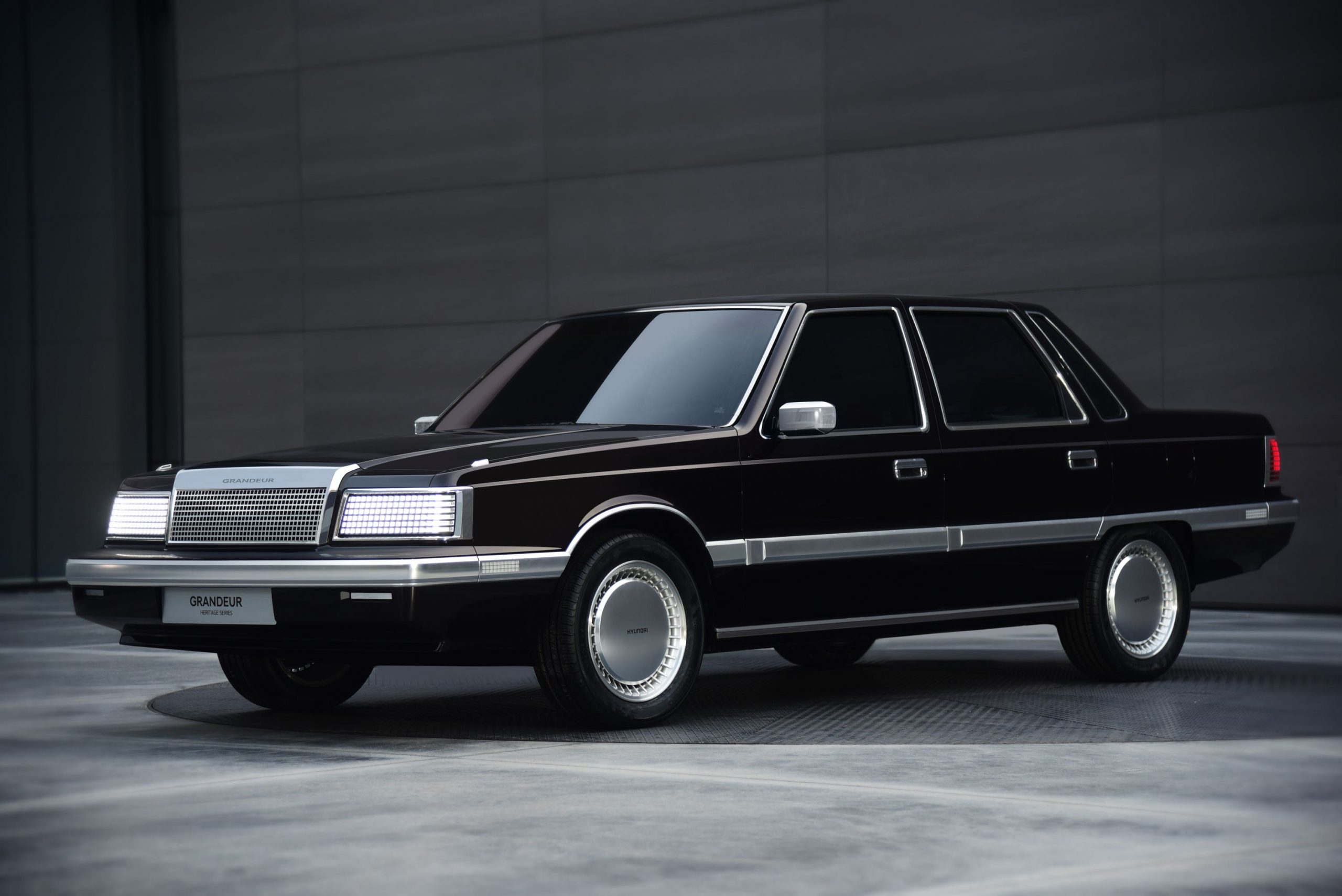For Joe Gerada, it all started with an MGB, says Joseph Busuttil from the Old Motors Club
In classical Greek mythology, Cupid is the god of attraction and affection. His source of power is a bow and arrow whose sharp golden point, when making contact, fills one with a spontaneous and uncontrollable love and desire.
It seems that one fine spring day, more than 25 years ago, Cupid was on the prowl and made a direct hit, as Joe Gerada and his wife Corinne were driving casually through Birkirkara, and all of a sudden Gerada saw an MGB displayed in a showroom there. Immediately attracted, he stopped his car and they went in to have a closer look.
“Looking back, it was funny because till then, I was not really enthusiastic about old motors, and was not actually looking for one,” he says. “I have always been interested in the mechanical and technical side of things, including vehicles, but classic cars were never a priority. Moreover, there has never been any family history of old cars to influence or role model on. But like a bolt from the blue, I was mesmerised by the British racing green coloured MGB.”
In the showroom, it turned out that the owner was an acquaintance of his wife, and a deal was soon on board.
“The 1969 model was in a good condition, but the body had some rust patches. I decided on a nut-and-bolt restoration, and so I dismantled it, then took it to a panel beater and a sprayer. It was a lengthy process – more than three years – to get the work done and for them to put it together again. My first experience in my old motors life taught me an important principle: that ideally, the same person who dismantles a classic car, puts it together again himself, provided one has the time and skills,” remarks a now wiser Gerada.
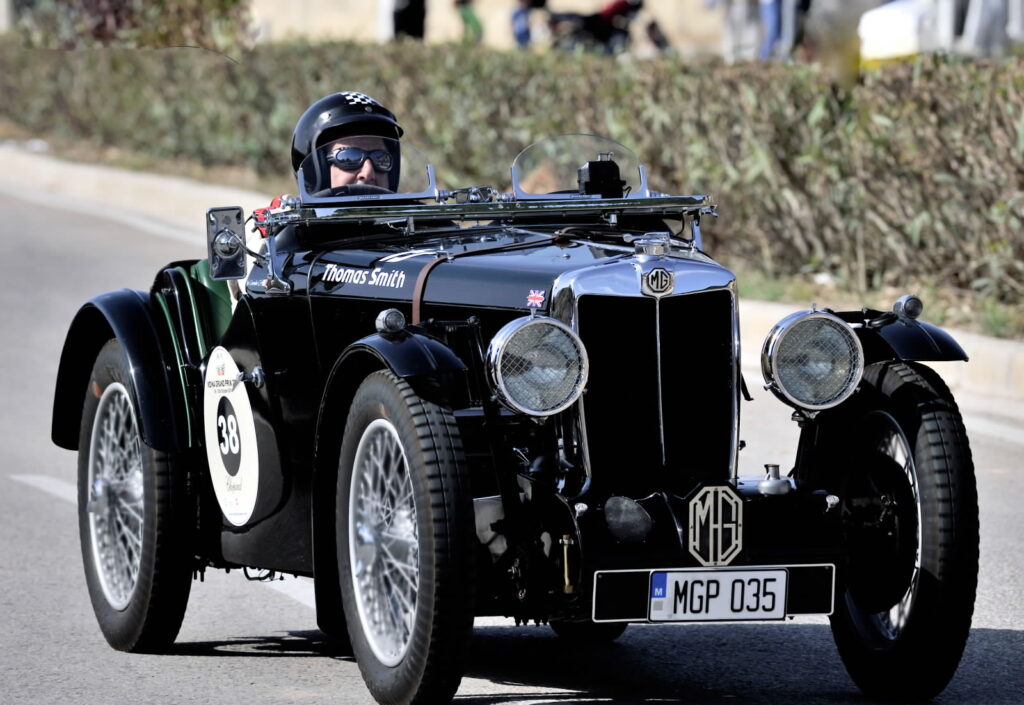
The MGB was manufactured and marketed by the British Motor Corporation (BMC) as a four-cylinder, soft-top roadster between 1962 and 1980. The car had an innovative and modern design, utilising a monocoque structure instead of the traditional body-on-frame used on previous MG vehicles. The lightweight design also lessened manufacturing costs, while enhancing overall vehicle strength.
The restoration gave the MGB a new lease of life, and Gerada started driving it frequently. He adds that the advantage of an MGB is that is can be harnessed on a daily basis. It is not a conspicuous vehicle, and can be used for normal everyday tasks. A decade ago the classic car was given a light facelift.
Enjoying the new pastime to the full, and becoming enamoured of the MG marque, Gerada then turned his attention to acquiring the predecessor of the MGB – an MGA.
“I was looking for a wreck in need of restoration, and finally I found an MG dealer in Darlington in the north of England, who had a variety of these types. He had what I wanted: a vehicle crying out for rehabilitation, but with a sound body and the original engine and gearbox. Its history was fascinating – it had been exported to Kenya and found its way back to Britain. Its production date was 1957 – my year of birth – so chemistry was instant, and soon it was on its way to Malta.”
Work on restoring the blue MGA started immediately, and Gerada took it to a panel beater. Alas, the task was taking too long and was not up to Gerada’s standard, and so after five years, he changed the panel beater. The engine and the chassis were seen to by another skilled mechanic. The whole project took nearly eight years to complete, but eventually the MGA, now sporting an old English white colour, was back on the road.
The MGA was produced from 1955 to 1962, and had represented a complete break from the marque’s earlier designs. It was a body-on-frame structure, harnessing the straight-four B series engine from the MG Magnette saloon driving the rear wheels through a four speed gearbox. The MGA raced extensively in competitions with considerable success, especially in the US.
With two MG sports cars in the stable, Gerada started to appreciate more how advanced for their era these vehicles were.
“Moreover, they were simple productions, comfortable, with appropriate size, and accessible in terms of money. I also observed the thoroughness and sophistication of the MG pre-war designs,” he adds.
The MG took a stronger hold and he was soon searching for a predecessor of the MGA – a model from the MG T series. This was a range of body-on-frame two-seater sports car, with very little weather protection, produced from 1935 to 1955. The series featured the MG TA, TB, TC, TD and the MG TF Midget.
Knocking on the doors of an MG dealer in north London who specialises in models that came on board prior to 1939, he found an MG TC that although coming out in 1947, had a pre-war design. Production was halted because of the war but soon after the war ended production started again with the available designs and components.

“The vehicle had a lot of wood, including the floorboards and coach section, and a total nut-and-bolt restoration project was called for. While repairs were required, I made it a cardinal point that preservation was to be given priority over restoration. The same black colour was kept, while the red seats and chrome retained their original patina.”
Gerada explains that his love affair with pre-war vintage cars is further stemmed from their character and unique, individual looks. Becoming involved in the Malta Grand Prix administration, he thought of acquiring a vehicle that could participate in the pre-war section of this event. His sights fell upon a black, 1935 MG PA with supercharger, acquired from another UK MG expert dealer.
“The vehicle – a sweet, small car and the first one to be referred to as the MG Midget – was in excellent condition, and needed no attention. I took part in one Grand Prix edition, but felt I was mistreating and punishing the MG PA, as the circuit is more sprint than endurance.”
The MG P type was produced between 1934 and 1936. The roofless, windowless vehicle harnessed an updated version of the overhead camshaft, cross-flow engine, driving the rear wheels through a four-speed synchromesh gearbox. Only 2,000 MG PAs were manufactured. While the PA sported an 847cc engine, the other model in the series, the MG PB, had a slightly larger 939cc one.
Trying to combine his passion for rallying and his favourite 1930s cars, Gerada came upon a 1935 Alvis Special 12/70, a two-seater racing car. The Alvis Car and Engineering Company was a British manufacturing company operating in Coventry from 1919 to 1967. Besides cars, it also produced military vehicles and equipment.
“The Alvis was located in Germany, and had a previous history of rally racing in that country. The former owner had also participated with it in the 2010 edition of the Mille Miglia.”
The vehicle was in a very good condition, although he admits that initially he found the gears hard to engage, and put it down to the lack of a synchromesh gearbox. He spent years using the double clutch, until he realised that the synchromesh rings had worn out over time.
He replaced three out of four gears and the car’s performance greatly improved . He became a member of the Alvis Owners Club, and procured two gears from them, the other one being produced locally.
“Technically the Alvis was very advanced for its era,” Gerada explains. “As with many other upmarket engineering companies of the time, Alvis did not produce their own coachwork. Instead they relied on the many available coachbuilders in the area. Many Alvis cars were customised for racing, according to the owners’ requirements.”
With his racing Alvis, Gerada has taken part in the last six editions of the Grand Prix, as well as in various Old Motors Club rallies. His most exciting event so far has been participating in the Alpine Trial in France, a three-day regularity rally.

“It features long distances, going through narrow roads and mountain routes including Mount Blanc and Lake Geneva, with sharp edges and hairpin bends. Going downhill is always a hair-raising experience. It was quite tough and a challenge for this old car, considering it has no roof or windows, and its brakes are cable and rod. However, the Alvis behaved very well and we made it.”
He opines that old motors are attracting more newcomers to this pastime in Malta. He also praises the varied skills of local sprayers, panel beaters, mechanics, engineers and upholsterers whose standards most times surpass those found abroad. Gerada would like to see more events like classic hill climbs and rallies, as the local scene needs more competition.
“A racing track is highly desirable, as the Grand Prix circuit is only around two kilometres long. One has to go abroad to achieve the aim for which these fast cars were built. Sicily, with its roads, hills and mountains, is our nearest option, but this is not always possible as time and money are needed. The demand and the enthusiasm is there, and if crowd pulling events are organised, a racing track is doable, possibly a public-private partnership,” he says.
One final question: five thoroughbred old vehicles – which is his favourite?
“I feel like a father with a family of five children. Despite their differences, the father bestows on them equal love and affection.”
